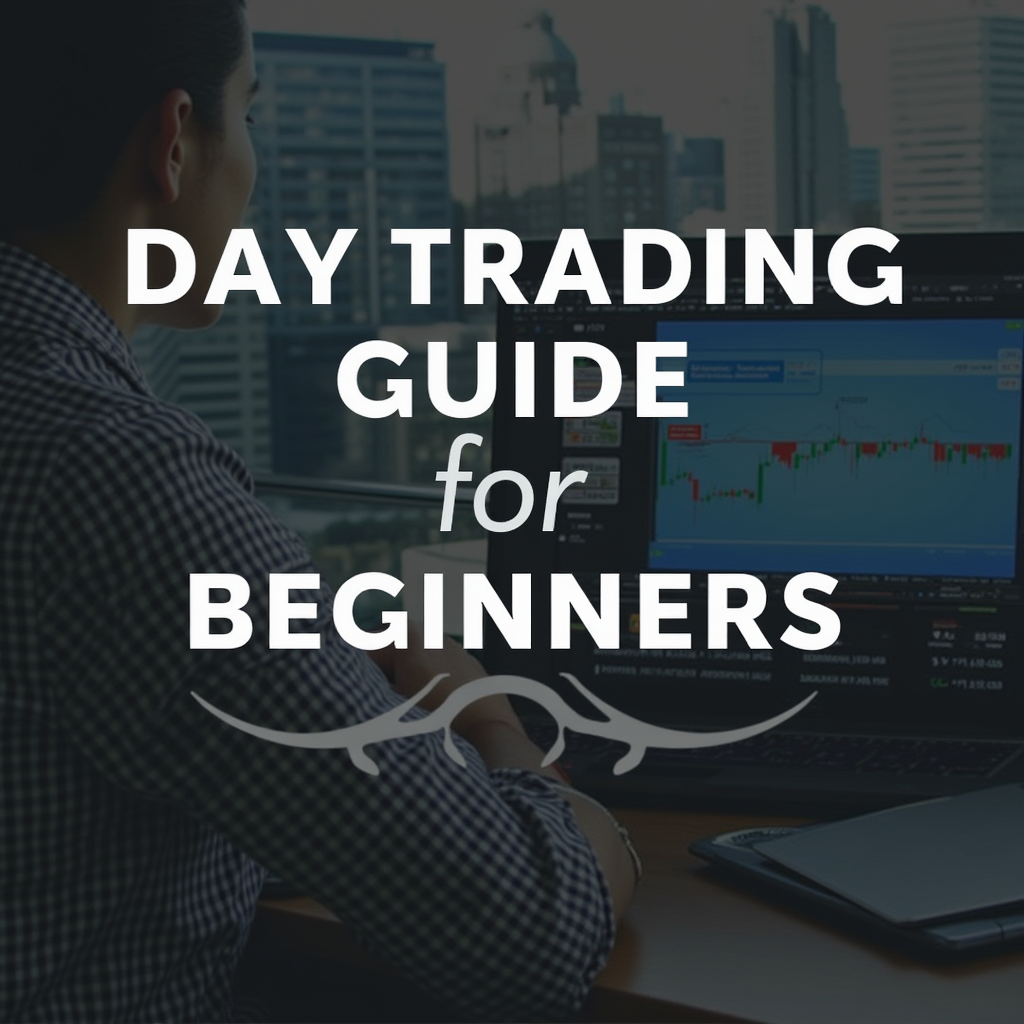Category: Finance
-
Bringing a medical technology from concept to market is a long, capital-intensive journey that combines science, regulation, manufacturing, and commercial strategy. For traders and investors, understanding the MedTech commercialization pathway clarifies the sources of value (and risk) at each stage—helping decide when to invest, which companies to watch, and how to interpret milestones such as…
-
A financial data warehouse is a centralized system that brings together trading records, market feeds, risk metrics, and regulatory filings into a single, query-optimized repository. By cleansing, standardizing, and indexing vast volumes of finance-specific data, it empowers traders and investors with rapid, reliable insights for reporting, analysis, and decision-making. Core Concepts And Purpose Of A…
-
Day trading involves buying and selling financial instruments within the same trading day to capitalize on short-term price fluctuations. It requires market knowledge, technical skills, and a disciplined approach. While some traders achieve consistent profitability, metatrader 4 market, many struggle due to high volatility and emotional decision-making. This guide provides an in-depth look at how…
-
Trading SPX options provides an opportunity to gain exposure to the S&P 500 index without directly owning individual stocks. These options are widely used for speculation, hedging, and portfolio diversification. Understanding their mechanics, tax treatment, and strategic applications can help traders navigate the market with confidence. SPX Options Basics What Are SPX Options? SPX options…
-
In trading, a reverse position involves taking a stance opposite to an existing market trend, with the expectation that the asset’s price will change direction. This strategy is often used in mean reversion and pullback trading, where traders anticipate that an overextended price movement will correct itself. While potentially profitable, reverse trading requires precise timing,…
-
Understanding Market Value Definition and Calculation Market value represents the current price at which an asset trades in the open market. It is determined by the forces of supply and demand, fluctuating based on investor sentiment, macroeconomic conditions, and liquidity. Traders calculate market value using live price quotes from exchanges, bid-ask spreads, and trading volume.…
-
Introduction to Automated Futures Trading Automated trading systems (ATS) are software programs designed to execute trades in the futures market based on predefined criteria. These systems use algorithms to analyze market data, identify trading opportunities, and place buy or sell orders without human intervention. By eliminating manual decision-making, ATS ensures trades are executed efficiently, adhering…






